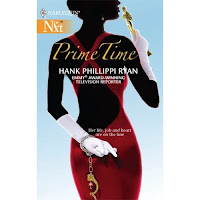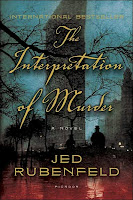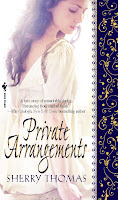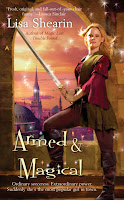STATUS: It’s been a busy day so far and I still have one meeting scheduled for this afternoon and then dinner with another Hollywood co-agent tonight.
What’s playing on the iPod right now? BLUES BEFORE AND AFTER by The Smithereens
Got back to my hotel around midnight last night. I couldn’t quite make myself blog so late; sorry about that.
I flew into LA yesterday for Book Expo. I came early to meet with a variety of Hollywood co-agents. Some I’ve worked with for years and quite a few whom I am meeting for the very first time (even though I’ve worked with them on projects). Some are brand, brand new as I’ve heard good things from other agents and producers and I want to be on their radars and vice versa.
Meetings with Hollywood co-agents are not unlike meetings with editors in New York. The film agents talk about their current clients and what they are working on and I talk about my clients and what books I’ve recently sold. Most of my meetings have been located in the zipcode area of 90210—otherwise known as Beverly Hills.
Now I’m definitely getting the scoop on what is currently selling in the film world but I’m weighing whether it’s all that valuable to share with blog readers. Why? Because Hollywood changes its mind every 4 to 6 months. So whatever is considered “hot” right now will change when a new film releases and either “breaks out” or doesn’t. Even though Hollywood moves at a glacial pace in terms of production, it still bases its buying decisions on what currently has done well.
I know. Doesn’t make sense to me either. So, there isn’t much point in sharing the info really. Not to mention, it’s not what I base my decision on when taking a on a project for representation. I just take on what I really love etc.
But I know you readers would want to know anyway despite the fact it really can have no bearing on any work-in-progress as only a very small percentage of books published actually get optioned for film.
You gluttons for punishment! Okay, I’ll tell you. Every single film agent has asked me whether I have any projects that would fit the bill for the all-encompassing family entertainment segment (in other words, projects with enough appeal to hit the four quadrants outlined by the family—mom-friendly, enough action for dad, and something that will appeal to both teens and kids. If you have the next Shrek, they are all over it.
Right now no one is willing to risk a women-driven historical (that is until the next independent film maker has a wild success in that field which could happen at any time.)
And I found out who the real life person the character of Ari Gold on my fav show Entourage is “loosely” based off of. But perhaps Hollywood gossip should stay in Hollywood. Or 90210 as the case might be…





.jpg)

.jpg)
